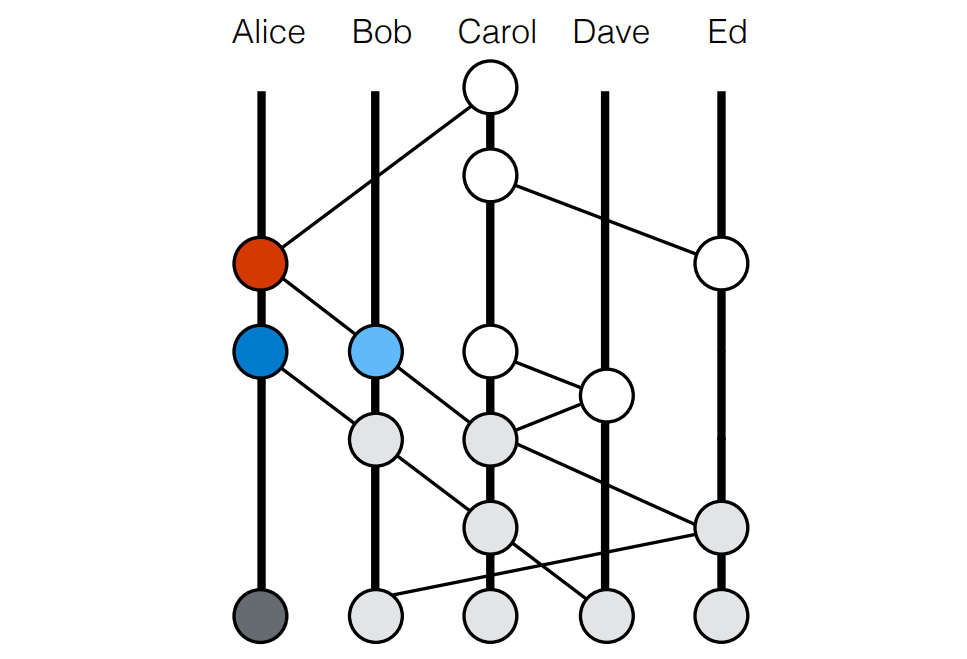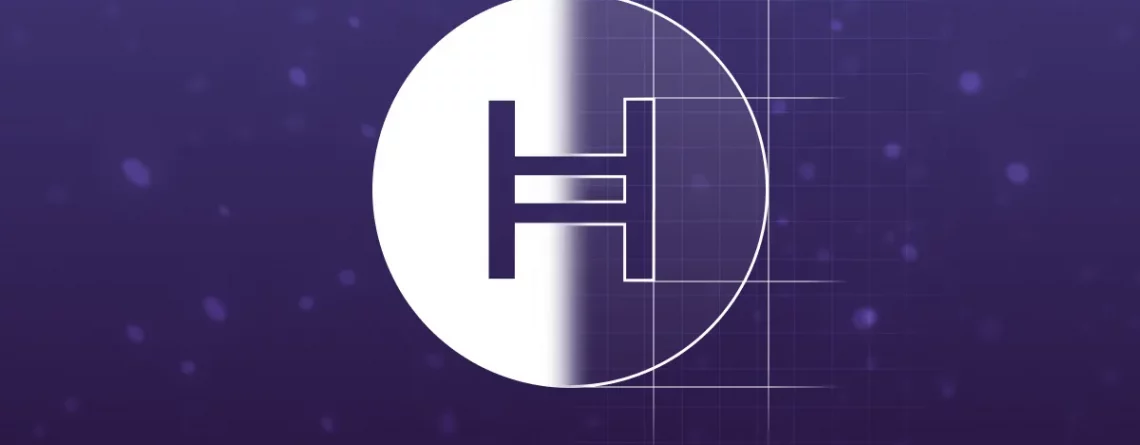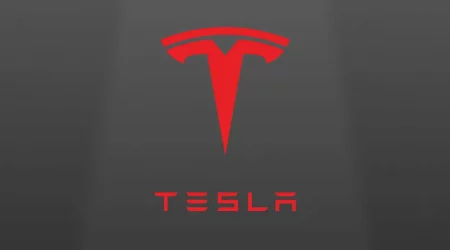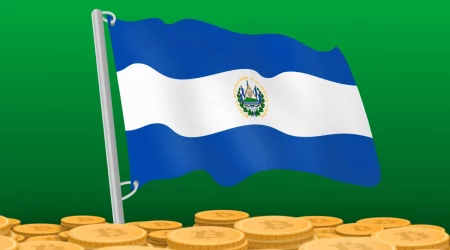What Is Hedera Hashgraph?
Table of Contents
The main thing
- Hedera Hashgraph is a public network based on distributed ledger technology ( DLT ) designed for businesses and companies as a platform for decentralized services and applications.
- Hedera positions itself as a third-generation public network – the next stage in the development of bitcoin and Ethereum. The project’s strengths include high scalability, security, smart contracts, energy efficiency, and low usage fees.
- Hedera Hashgraph is run by a board of trusted companies responsible for developing the software and guiding the evolution of the platform as a whole. Board members include Boeing, Swirlds, IBM, Nomura Holdings, and Ubisoft.
- Hedera Hashgraph is based on the ABFT consensus algorithm based on Proof-of-Stake (PoS). According to the developers, this approach provided a high network security level while maintaining the speed and low cost of transactions.
Who and when created Hedera Hashgraph?
The Hedera Hashgraph platform is based on the Hashgraph protocol, patented in 2016 by Swirlds. Solutions were developed by the technical director of the organization Lemon Bird.
The first practical implementation of Hedera Hashgraph took place in 2017 as a shared enterprise network for the National Credit Union Association (CUNA) and the Mountain West Credit Union Association (MWCUA).
The Hedera Hashgraph public platform was founded by Swirlds co-founder Mance Harmon and Lemon Bird.
In 2018, startup Hedera Hashgraph raised $100 million for development. In 2019, the developers launched a public beta version of the network.
Investors Hedera Hashgraph
The Hedera Hashgraph platform has secured the support of several significant investors:
- Digital Currency Group (DCG) is the parent company of digital asset manager Grayscale Investments. DCG has invested in a variety of industry names, including Coinbase, Kraken, Coin list, Zcash, Ripple, Ledger, and Decentraland;
- Fenbushi Digital is one of the oldest and most famous Chinese venture capital firms. Until 2018, Ethereum co-founder Vitalik Buterin was listed as its general partner. The firm has featured in The Graph, 1inch Network, and Nym Technologies funding rounds ;
- Multicoin Capital is a cryptocurrency investment company founded in 2017. Multicoin Capital led one of Solana Labs’ early funding rounds and invested in the FTX exchange. In July 2022, the company announced a $430 million venture crypto fund.
Who manages Hedera Hashgraph?
The platform is governed by the Hedera Governing Council, formed in 2019 by several Fortune 500 members.
As of July 2022, the structure includes 26 companies and organizations, including Boeing, Swirlds, IBM, Nomura Holdings, and Ubisoft. The maximum number of managers is limited to 39 members. Their mandate is valid for three years and renewable for two terms.
The council should ensure the integrity of the codebase and eliminate the risks of a hard fork. It also defines membership policy, sets network rules, manages the platform’s treasury, and approves technical changes.
Since the Hashgraph technology is patented, unauthorized use of the Hedera code is subject to prosecution. According to the project team, this approach means that the network cannot be copied and launched by other participants in the crypto market.
This significantly distinguishes the project from bitcoin – anyone can use the blockchain code of the first cryptocurrency and change it at their discretion.
How does Hedera Hashgraph work?
The distributed network Hedera Hashgraph uses a data structure different from the blockchain – a directed acyclic graph (DAG). Blocks with transactions and other information in the DAG do not follow a strict linear sequence, as, for example, in the Bitcoin network, but are written to the ledger regardless of the order.

On the blockchain, miners compete to process duplicate transactions and tasks, wasting energy. On the contrary, the DAG architecture allows for many parallel computations independent of each other – this increases the speed of processing operations and the energy efficiency of the network.
Hedera Hashgraph uses other fundamental mechanisms as well.
Asynchronous Byzantine Error Tolerance (ABFT) algorithm
ABFT is an implementation of the Byzantine Fault Tolerance (BFT) consensus algorithm used in blockchains like Cosmos and Solana. It allows you to protect the network from malicious actions from 1/3 of all nodes.
Gossip Protocol
In Hedera, Gossip exchanges messages (transaction, time, signature) between nodes. The node transmits the message to its neighbors, which send it to other neighboring nodes until all network participants receive the information.
This allows you to save bandwidth when transferring data. Theta Network and IOTA projects use the exact “communication” mechanism.
Proof-of-Stake Algorithm
In Hedera Hashgraph, staking differs from the mechanism presented in Ethereum 2.0 and other PoS-based blockchains, where each node votes for a block.
Instead, based on mathematical calculations, the nodes in Hedera determine for themselves which block the next node will vote for. This system is called “virtual voting.” Even if a malicious node works against the rules, the calculations of honest network participants do not allow a “wrong” decision to be made.
How is Hedera Hashgraph used?
The developers position the project as a platform for business, so the network has several characteristic features. For example, unlike Ethereum and BNB Chain, an ordinary user cannot run a smart contract or decentralized application.
You must create a personal account and pass verification to get full access to Hedera services. After verification, the following options will open :
- issuance and management of tokens, including NFTs;
- creation and launch of smart contracts in Solidity and Vyper programming languages;
- file service operations – store, check view, manage credentials, and other information on the network.
This approach helps to protect the platform from fraudsters and ensure compliance with the requirements of individual participants in specific jurisdictions.
Through intermediaries like exchanges and authorized wallets, Hedera Hashgraph allows you to create “regular” accounts without verification. The current list can be found on the project website.
Features of Hedera Hashgraph
Hedera’s source code is closed and protected by a patent from Swirlds. The members of the Hedera Governing Council are responsible for the management and development of the platform.
According to the developers, Hedera Hashgraph is an enterprise-level platform with limited user access to the network and development opportunities based on it. This is one of the few projects in the crypto industry initially focused on regulatory compliance.
Despite the limitations, Hedera Hashgraph has several competitive advantages highlighted by the project team:
- Speed and scalability. As of July 2022, the platform can process over 10,000 transactions per second, with the possibility of further scaling with the introduction of sharding technology.
- Low commissions. Transaction fees are fractions of a cent, which sets Hedera apart from competitors like Ethereum and BNB Chain.
- Low power consumption. The network does not require energy-intensive calculations that occur in Proof-of-Work networks. According to the project, Hedera consumes only 0.00017 kWh, hundreds of thousands of times less than the bitcoin blockchain.
- Legal Compliance. Hedera focuses on compliance with laws in various jurisdictions through user and location restrictions. According to Hedera FAQ, users from nine regions will not be able to get full access to the platform: Belarus, Crimea, Cuba, Iran, Japan, North Korea, Syria, Sudan, and Ukraine.











Leave a Reply